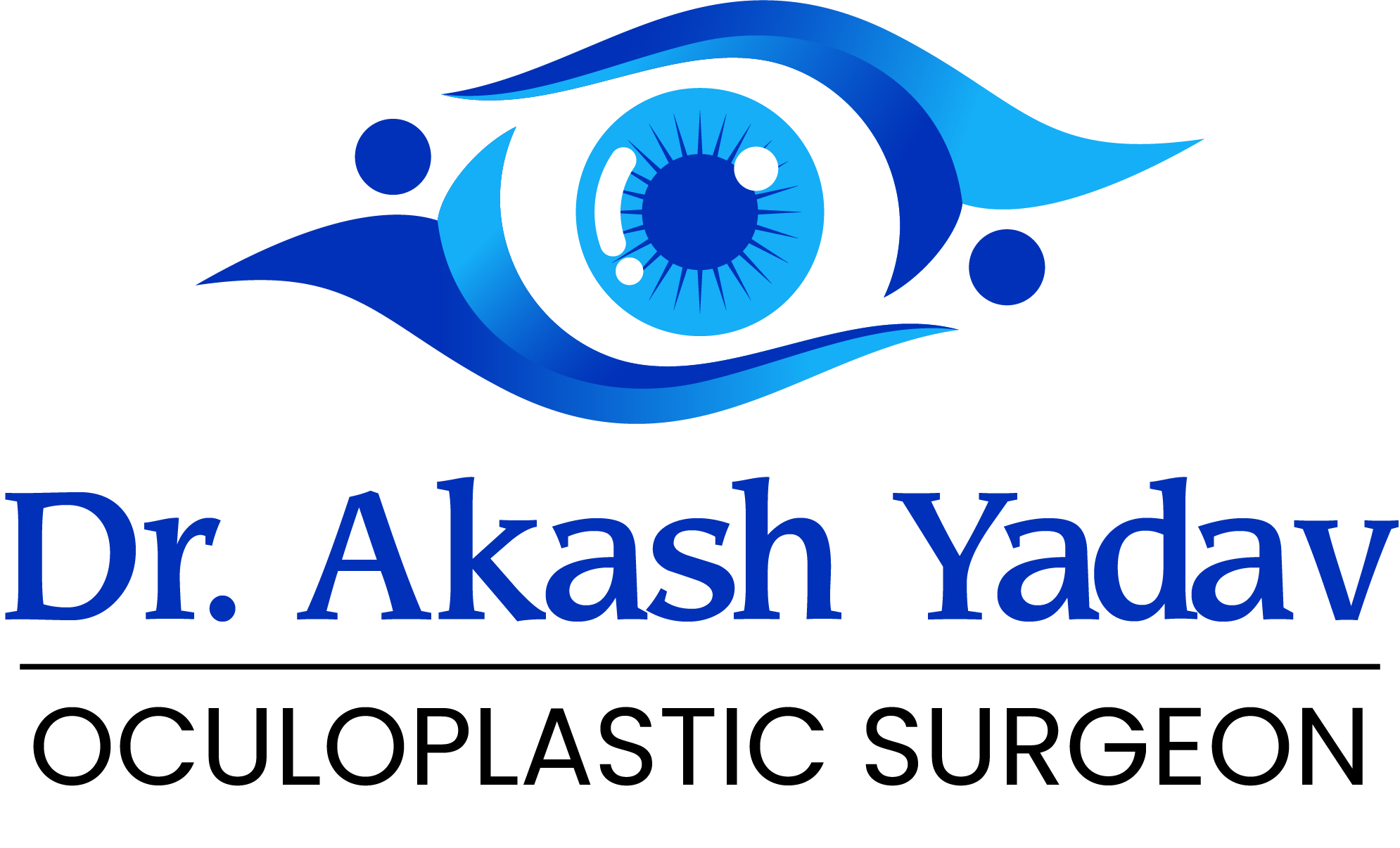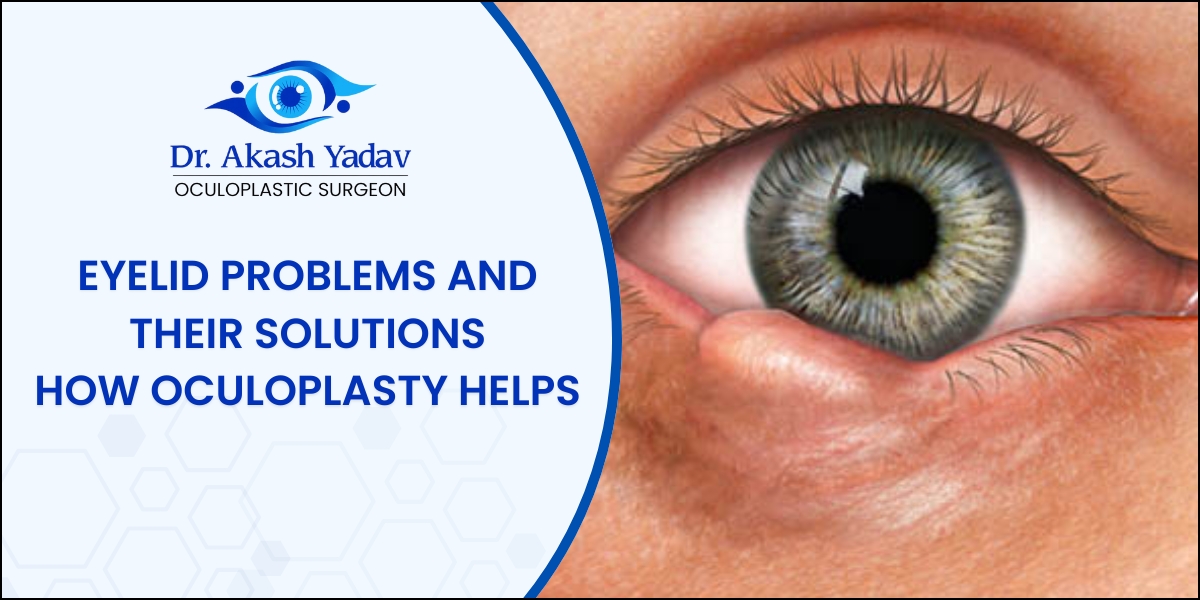Our eyelids play a crucial role in protecting our eyes, distributing tears, and controlling light entry. However, when problems arise, they can cause significant discomfort, vision issues, and affect our appearance. From persistent twitching to more serious conditions like drooping eyelids, understanding these issues is the first step toward finding relief.
Common Eyelid Problems and Their Impact
- Ptosis (Droopy Eyelid): This condition involves the upper eyelid sagging downward. It can be present from birth or develop with age. In severe cases, ptosis can obstruct your vision, forcing you to constantly tilt your head back to see.
- Ectropion & Entropion: Ectropion is when the eyelid (usually the lower one) turns outward, causing redness, tearing, and irritation. Entropion is the opposite—the eyelid turns inward, making the eyelashes rub against the cornea, which can be painful and dangerous.
- Eyelid Twitching (Myokymia): While usually harmless and temporary, frequent eyelid twitching can be annoying. It’s often linked to stress, fatigue, or high caffeine intake.
- Styes and Chalazia: These are common, painful lumps on the eyelid. A stye is an infected oil gland, while a chalazion is a blocked one. While often resolving on their own, some may require medical intervention.
- Dermatochalasis (Excess Eyelid Skin): As we age, the skin around our eyes can lose elasticity, leading to sagging, baggy eyelids. This can not only make you look tired but also significantly impair peripheral vision.
How Oculoplasty Provides the Solution
Oculoplasty, or oculofacial surgery, is a super-specialty that bridges ophthalmology and plastic surgery. It focuses on the delicate structures around the eyes, including the eyelids, eye socket, and tear ducts.
An oculoplastic surgeon is uniquely qualified to address both the functional and cosmetic aspects of eyelid disorders. Here’s how oculoplasty helps with the problems mentioned:
- For Ptosis: A precise surgical procedure can tighten the levator muscle or utilize other techniques to lift the eyelid to its normal position, restoring both vision and a more alert appearance.
- For Ectropion/Entropion: Surgeons can repair the turned eyelid by tightening tendons and muscles, repositioning it correctly to protect the eye and eliminate irritation.
- For Styes/Chalazia: An oculoplastic surgeon can perform a minor procedure to drain a persistent chalazion or stye, providing immediate relief.
- Blepharoplasty for Dermatochalasis: This specific eyelid surgery removes excess skin, fat, and muscle from the eyelids. It’s highly effective in restoring a youthful look and, more importantly, improving the field of vision obstructed by sagging skin.
Finding the Right Care in Pune
If you are experiencing any eyelid concerns, seeking advice from a specialist is crucial. An oculoplastic surgeon has the detailed anatomical knowledge and surgical precision required for these delicate areas, ensuring optimal outcomes for both function and aesthetics.
If you are looking for expert care for your eyelid concerns, consult with Dr. Akash Yadav, a renowned Oculoplastic Surgeon in Pune. With specialized training and a focus on patient-centric care, he provides comprehensive solutions for eyelid surgery in Pune, helping you achieve better eye health, improved vision, and enhanced confidence.
Frequently Asked Questions (FAQs)
1. What is the most common eyelid problem?
The most common issues are benign conditions like styes, chalazia, and eyelid twitching, which are often temporary. However, age-related drooping (dermatochalasis) is also extremely prevalent.
2. Is eyelid surgery painful?
Eyelid surgery is typically performed under local anesthesia with sedation, meaning the area is numb and you are comfortable. Post-operative discomfort is usually mild and manageable with medication.
3. How long is the recovery after oculoplasty?
Initial swelling and bruising subside within 1-2 weeks. Most patients can return to non-strenuous work within 7-10 days, but full recovery and final results may take a few months.
4. Will insurance cover my eyelid surgery?
If the procedure is deemed medically necessary to improve your vision (e.g., for significant ptosis or dermatochalasis), it is often covered by insurance. Purely cosmetic procedures are typically not covered.
5. What is the difference between oculoplasty and blepharoplasty?
Oculoplasty is the broad specialty of reconstructive and cosmetic surgery around the eyes. Blepharoplasty is a specific type of oculoplasty procedure that focuses on removing excess eyelid skin and fat.


